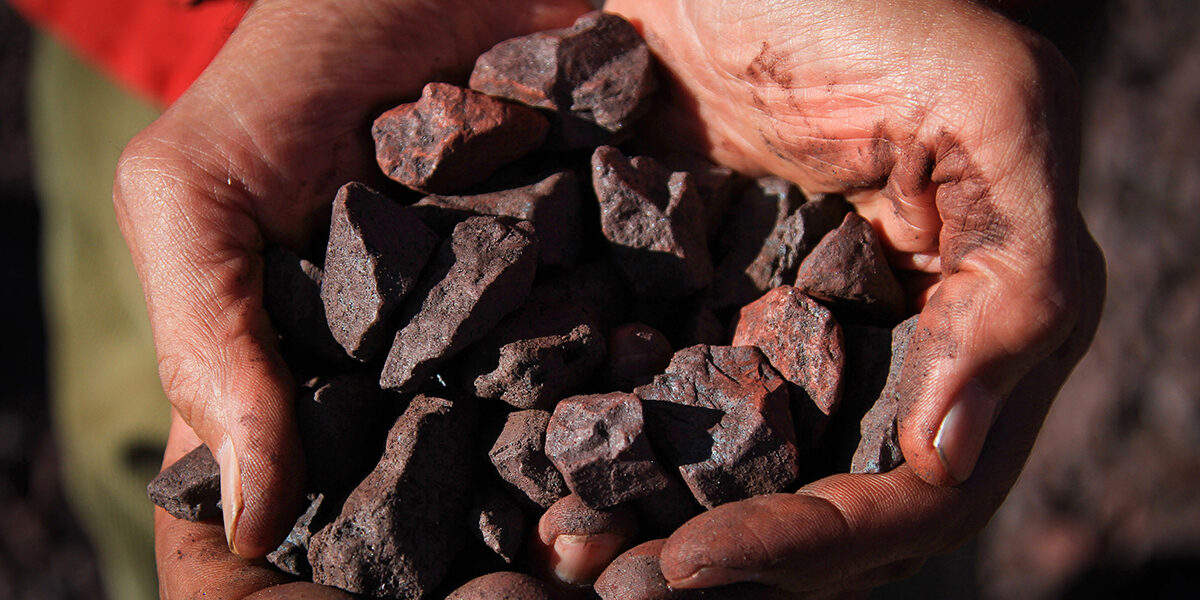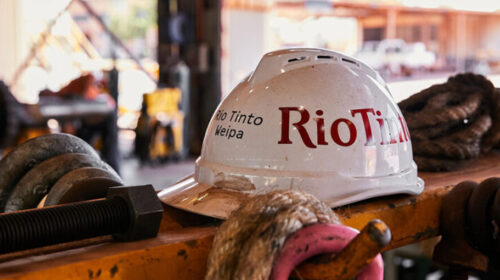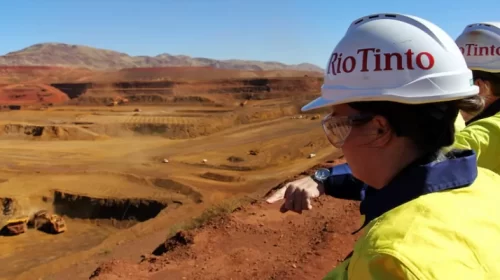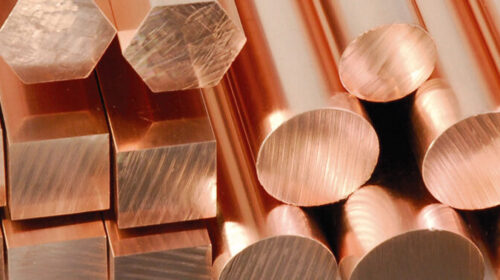South Africa’s iron-ore sector to benefit from rising Chinese demand
South Africa’s Northern Cape is considered a “fantastic mineral region” and African Rainbow Minerals ferrous division CE Andre Joubert believes iron-ore, besides other commodities, is likely to benefit following the Covid-19 pandemic.
Crude steel is a major driver for iron-ore production, he says, noting that China’s crude steel production grew by 3.7% year-on-year from January through to August, whereas steel production in Europe and North America declined by almost 19% over the same period.
Bolstering China’s demand for the commodity is the fact that, unlike other countries who took the socioeconomic route, China’s stimulus packages focused on construction, an industry in which crude steel is widely used.
This means that, despite the Covid-19-induced hard lockdown, Chinese crude steel production will hit the one-billion-tonne mark this year, accounting for most of the current global demand, says Joubert.
South Africa’s iron-ore industry is in a “special position” to benefit from this, he adds, explaining that South Africa exports most of the iron-ore it produces to China.
With China being the largest user of iron-ore globally, South Africa further benefits from supplying the country, particularly as output in Brazil has yet to recover fully from tailings dam disasters.
The Brazilian iron-ore sector’s recovery outlook has since been delayed to 2023, or even 2024, Joubert notes.
In financial terms, the global supply shortage has encouraged the iron-ore price to escalate to over $100/t, boding well for the South African market that lost about R7.5-billion (or 4.7-million tonnes) during the local lockdown restrictions.
Prices are currently averaging at over $120/t for iron-ore.
Manganese, on the other hand, has not quite fared as well, as production decreased by one-million tonnes from January through to July.
In the months following July, however, South Africa has exported on average 1.8-million tonnes of manganese every month, meaning that, by the end of this year, the country is likely to have exported 19-million tonnes.
This “exceeds all expectations,” says Joubert.
However, unlike iron-ore, the global manganese market is experiencing a product oversupply, as demand is dependent on the European and Japanese automotive industries – which have not fared as well, owing to the pandemic and its related consequences.
Despite this, Joubert says that, despite the current slump, manganese will continue to remain a “strong commodity” as demand is expected to increase from early 2021.
Overall, this bodes well for South Africa and its Northern Cape region, from where the country produces most of its iron-ore and manganese, Joubert says
32 total views , 2 views today





